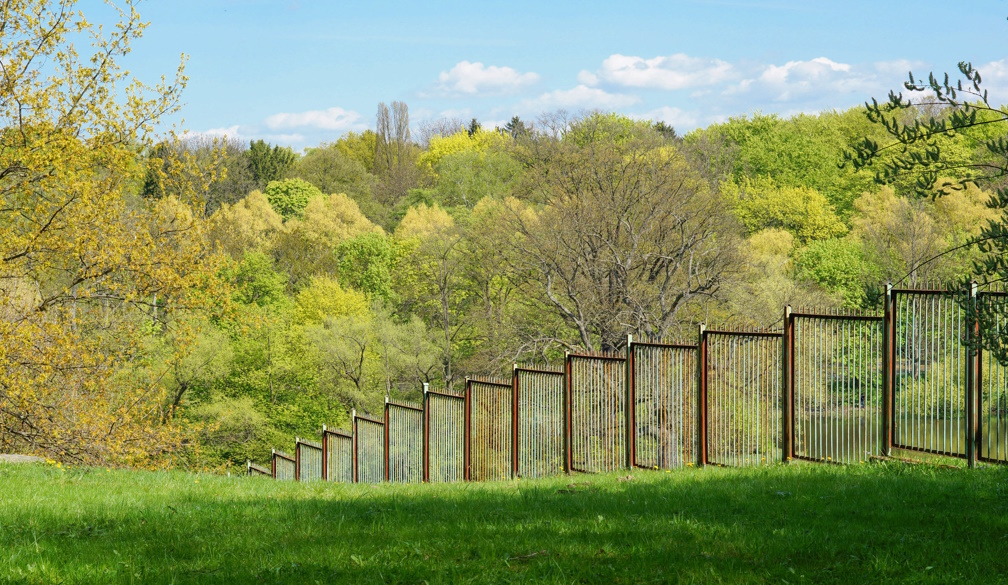The Importance of Temporary Fencing Specialists in Australia

Introduction
Across Australia’s busy construction sites, public events, and infrastructure projects, one element quietly plays a crucial role in maintaining order and safety of temporary fencing. Whether it’s protecting pedestrians, controlling access, or securing valuable equipment, temporary fencing systems have become an essential part of modern site management.
Behind every effective fencing solution is a network of temporary fencing specialists in Australia who ensure that every barrier is installed correctly, complies with regulations, and meets the specific needs of the project.
Why Temporary Fencing Matters
Temporary fencing might seem simple, but its function is vital. It provides physical and visual barriers that prevent unauthorised entry, protect workers and the public, and keep operations compliant with Australian safety standards.
Here’s why it’s indispensable:
- Safety and Security: Prevents accidents and keeps non-authorised individuals out of hazardous areas.
- Compliance: Meets legal obligations for site safety as per Australian Standards (AS 4687-2007).
- Flexibility: Quick to install, move, and remove ideal for short-term or changing environments.
- Cost Efficiency: Affordable protection without the expense of permanent structures.
- Public Awareness: Clearly indicates restricted zones, minimising confusion and liability.
From large-scale developments to community festivals, these barriers form the first line of defence in managing safety and security.
Where Temporary Fencing Is Used
Temporary fencing isn’t just for construction. Its applications stretch across industries and events, including:
- Construction and Demolition Sites: Securing heavy machinery, materials, and excavation zones.
- Civil Projects: Creating boundaries around roads, bridges, and utility installations.
- Sporting and Community Events: Managing crowd flow and protecting restricted areas.
- Emergency and Disaster Zones: Isolating unsafe regions during flood or fire recovery.
- Industrial Facilities: Controlling access during maintenance shutdowns or upgrades.
Each environment demands unique design, stability, and installation expertise — which is why partnering with qualified fencing specialists is essential.
The Role of Temporary Fencing Specialists
Temporary fencing professionals do much more than deliver panels. They assess, design, install, and maintain fencing systems that meet the project’s safety and regulatory requirements. Their responsibilities often include:
- Site Assessment: Evaluating terrain, weather exposure, and risk factors before installation.
- Compliance Assurance: Ensuring all materials meet Australian Standards and local council bylaws.
- Custom Solutions: Designing layouts for difficult sites, high-wind areas, or crowd-dense events.
- Fast Installation and Removal: Minimising downtime and keeping projects on schedule.
- Maintenance and Inspection: Regular checks to ensure fences remain stable and secure.
Skilled specialists understand how to adapt fencing systems for construction, civil, and event settings a critical factor in ensuring safety and efficiency on site.
Meeting Australian Standards for Safety
Australia maintains strict guidelines for temporary fencing to protect workers and the public. According to AS 4687-2007, fences must:
- Resist wind and impact loads appropriate to the environment.
- Include anti-climb mesh to prevent unauthorised access.
- Be securely weighted and braced to avoid tipping.
- Use smooth edges and stable joints to prevent injury.
Compliance with these standards is mandatory and reputable fencing specialists make sure every installation passes inspection. Non-compliance can lead to fines, shutdowns, or legal liabilities, which makes expert installation invaluable.
Innovations in Temporary Fencing
The industry continues to evolve with advancements that improve safety, durability, and sustainability:
- Lightweight Steel Alloys: Providing high strength with easy handling.
- Anti-Rust Coatings: Extending the lifespan of fencing used in outdoor or coastal areas.
- Recycled Materials: Supporting eco-friendly practices and reducing waste.
- Smart Security Systems: Integrating motion sensors and alarms for high-value sites.
These innovations reflect Australia’s growing emphasis on safety and environmental responsibility in infrastructure development.
Choosing the Right Temporary Fencing Partner
Selecting the right fencing partner can make a major difference in cost, safety, and compliance. When evaluating temporary fencing specialists in Australia, consider the following factors:
- Experience: Proven track record in projects of similar scale and complexity.
- Equipment Quality: Panels, clamps, and feet that meet current safety standards.
- Response Time: Ability to mobilise quickly, especially for urgent projects.
- Insurance and Accreditation: Full coverage and compliance with state regulations.
- Customer Support: Clear communication and reliable service from quote to removal.
An experienced specialist provides not just materials, but peace of mind that every boundary on-site is safe, secure, and compliant.
Environmental and Community Considerations
Temporary fencing also plays a role in sustainability and social responsibility. By defining work zones clearly, it helps minimise dust, noise, and debris escaping into neighbouring communities. Reusable fencing panels reduce waste and promote resource efficiency.
This alignment with environmental and community goals is becoming increasingly important as Australian cities grow and construction activity expands.
The Future of Temporary Fencing in Australia
As infrastructure projects multiply and safety standards tighten, the demand for skilled fencing professionals will continue to rise. The future points toward:
- Integrated digital monitoring systems for enhanced site security.
- Modular fencing solutions that adapt easily to changing site layouts.
- Sustainable materials designed for multiple reuses and lower carbon footprints.
Temporary fencing specialists are not only responding to these trends, they're driving them, shaping how Australian projects maintain safety and compliance in a fast-moving environment.
Conclusion
Temporary fencing might seem like a simple feature, but it’s one of the most critical safety tools on any worksite or event ground. By defining boundaries, protecting workers, and preventing unauthorised access, it upholds the standards that keep Australia’s projects safe and efficient.
Working with experienced temporary fencing specialists in Australia ensures every installation meets strict safety codes, withstands environmental challenges, and adapts seamlessly to evolving project needs.
From local construction sites to national infrastructure developments, these experts provide the foundation for safer, more organised, and compliant operations across the country.














